Do You Struggle With Distance Off The Tee? Try This Quick Fix To Make 2025 Your Biggest Golf Season Yet
Struggling with distance off the tee could be a major reason why your handicap isn't coming down or your scores aren't improving, but our quick fix can help...
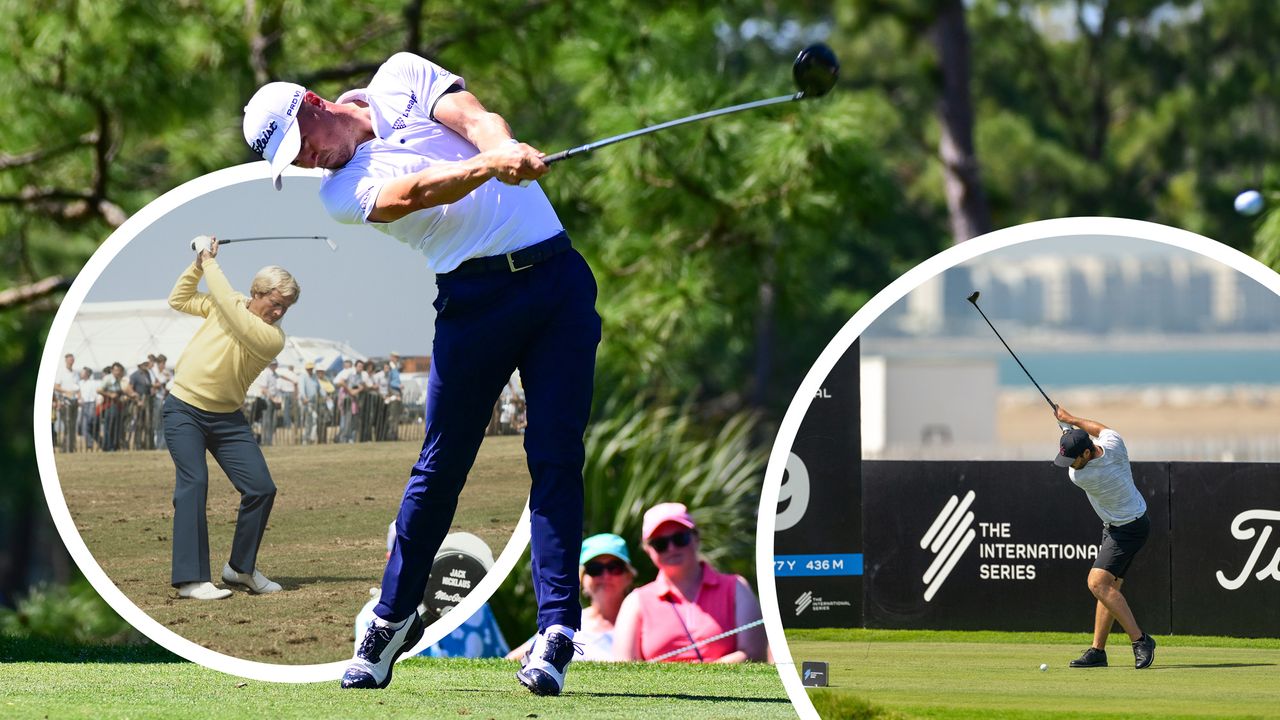
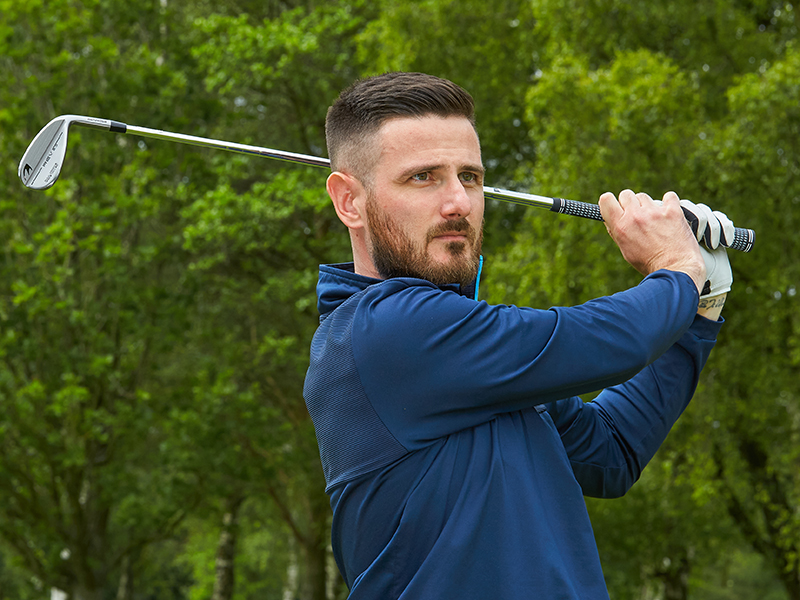
Paul Foston
As amateur golfers, we all want to be able to hit longer drives. The correlation between distance off the tee and an improvement in your scores on the golf course is well documented, which is why understanding how to generate power is such a key part of learning how to hit a driver.
Amateur golfers are obsessed with how far the average golfer actually hits it, as we love to be able to compare ourselves against our friends, but how many of them actually know how to gain those precious extra yards on the course?
In this article, Golf Monthly Top 50 Coach and PGA Pro Paul Foston talks us through a key move in the driver backswing, which has been used my multiple Major Champions, which could drastically improve your ability to hit longer drives...
Quick Fix For Longer Tee Shots In Golf

Paul has worked with a number of Tour professionals over the years, and is proud to have successfully coached over 40,000 students. In 2005, he set out to design his own academy with a ‘world class’ coaching infrastructure of technical advancement and a tailor made short game layout to practice every real life challenge experienced on course.
To generate power like the biggest hitters in the world, you need to be swinging at your maximum in terms of weight shift and rotation. The more rotation you can get, the more your upper body and hips will turn. You’ve got to be flexible to resist the hips and turn the shoulders, so don’t worry about the left heel coming off the ground.
When you raise the left heel, especially as you get a bit older, it can help you to rotate your hips for more power and help you fully complete your backswing. Look at Matthew Wolff – who ranks in the top-10 for driving distance on LIV Golf in the 2025 season so far - his left heel is way off the ground. When you then plant it back down to start the downswing, it will allow you to use the ground more to generate power as you drive towards the target.
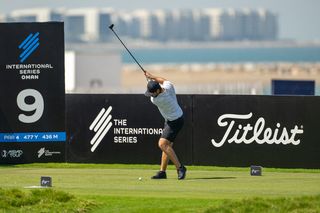
Matthew Wolff's recognisable left heel raise in the backswing helps him to maximise rotation, generate more power and increase his distance off the tee
You might not be going at it flat-out all the time, but in theory, if you’re hitting driver, you’re looking to get it out there as far as possible. If you don’t want to do that, you should switch down a club! But you must stay in balance. You can hit the ball as hard or as soft as you like as long as you’re in balance.
Do Any Other Players Raise Their Heel In The Backswing?
At points in their career, this move has been employed by many very successful legends of the game. 18-time Major Champion Jack Nicklaus, 62-time PGA Tour winner Arnold Palmer and two-time Masters Champion Bubba Watson all raised their left heel in the backswing to maximise rotation.
Even two-time PGA Championship winner Justin Thomas employs this swing characteristic when he wants to give it a full send and really power up his driver.
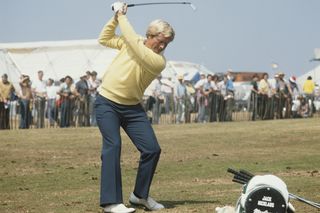
If you need any more convincing, Jack Nicklaus raised his left heel during the backswing... and he is an 18-time Major Champion
At what age does driving distance start to decrease in golfers?
According to the latest Shot Scope data, the driving distance average for an amateur golfer reaches its peak when they are between the age of 30 and 40, with the average then beginning to decline as a player ages beyond that point.
The decline becomes much more steep when a player reaches 50, losing around 13 yards on average between the age of 50 and 60.
Get the Golf Monthly Newsletter
Subscribe to the Golf Monthly newsletter to stay up to date with all the latest tour news, equipment news, reviews, head-to-heads and buyer’s guides from our team of experienced experts.

Barry joined Golf Monthly in January 2024, and now leads the instruction section across all platforms including print and digital. Working closely with Golf Monthly's Top 50 Coaches, he aims to curate and share useful tips on every aspect of the game - helping amateurs of all abilities to play better golf. A member at Sand Moor Golf Club in Leeds, he looks forward to getting out on the course at least once a week in the pursuit of a respectable handicap.
Barry is currently playing:
Driver: Benross Delta XT Driver
Hybrid: TaylorMade Stealth 4 Hybrid
Irons: Benross Delta XT 5-PW
Wedges: TaylorMade RAC 60, Callaway Jaws MD5 54
Putter: TaylorMade Spider Tour
- Paul FostonTop 50 Coach
You must confirm your public display name before commenting
Please logout and then login again, you will then be prompted to enter your display name.
-
 'I Think We All Hoped It Would Have Been A Little Further Long, And That's No Secret' - Brooks Koepka's Echoes Recent Tough Love Towards LIV Golf
'I Think We All Hoped It Would Have Been A Little Further Long, And That's No Secret' - Brooks Koepka's Echoes Recent Tough Love Towards LIV GolfThe five-time Major champion said progress is being made with the PIF-backed circuit after stating it was "quite far behind" its rivals on The Joe Pomp Show
By Jonny Leighfield Published
-
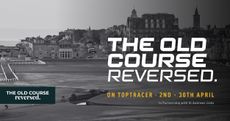 How You Can Play St Andrews Old Course In Reverse
How You Can Play St Andrews Old Course In ReverseYou can win a tee time on the 'reversed' Old Course at St Andrews next year by shooting the lowest gross score over the virtual links this April
By Elliott Heath Published
-
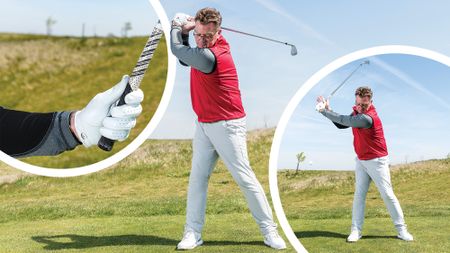 Are You A Victim Of This Destructive Golf Swing Fault? Let Me Help You Fix It Before You Tee It Up This Weekend
Are You A Victim Of This Destructive Golf Swing Fault? Let Me Help You Fix It Before You Tee It Up This WeekendAn overswing in golf is a destructive habit which can cost us precious shots on the golf course, but PGA Pro John Jacobs has a quick fix to get us game ready...
By Barry Plummer Published
-
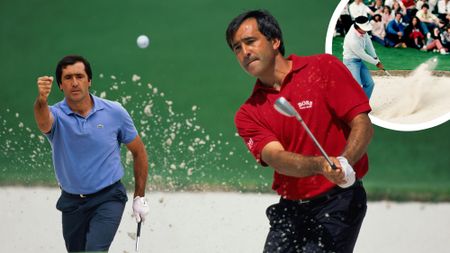 Seve's 'Lost' Bunker Lesson: Master Slopes And Transform Your Short Game Today
Seve's 'Lost' Bunker Lesson: Master Slopes And Transform Your Short Game TodaySeve's forgotten bunker lesson, from Golf Monthly's August 1983 issue, could hold the secret to better bunker play and supercharging your short game this season
By Barry Plummer Published
-
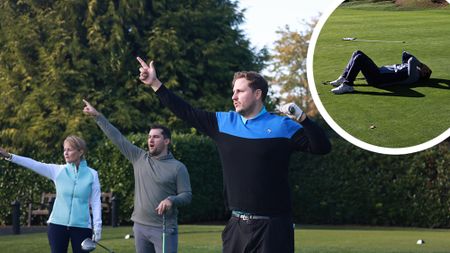 Is Your Golf Swing Failing You? This All-Encompassing Drill Can Instantly Save It
Is Your Golf Swing Failing You? This All-Encompassing Drill Can Instantly Save ItAre you struggling with your golf swing? Discover the all-encompassing drill that can fix common swing faults and restore your game. Get back on track today!
By Tom Motley Published
-
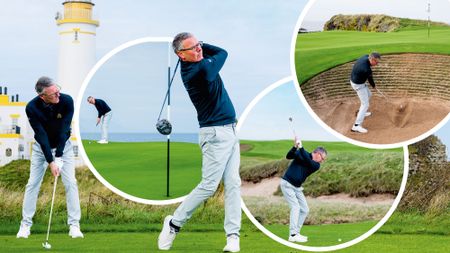 I Attended An Exclusive Tee To Green Masterclass With A Top Golf Coach... Now I'm Sharing His 6 Transformative Tips With You
I Attended An Exclusive Tee To Green Masterclass With A Top Golf Coach... Now I'm Sharing His 6 Transformative Tips With YouFew golfers get the chance to spend an entire day with a top golf coach, which is why I can't keep his six expert tips to myself. Get ready to play better golf!
By Barry Plummer Published
-
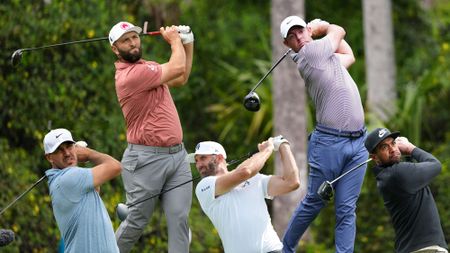 5 Things The Biggest Hitters Do To Generate Power In Their Golf Swing (And How You Can Copy Them)
5 Things The Biggest Hitters Do To Generate Power In Their Golf Swing (And How You Can Copy Them)Generating more power is a great way to improve your handicap and shoot lower scores. So, we analysed the biggest hitters in golf to help you hit it further...
By Barry Plummer Published
-
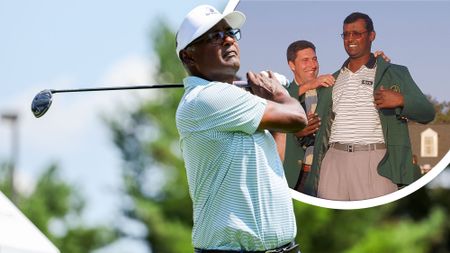 Vijay Singh's Secret To Playing Better Golf Has Been In Our Archive Since 1992... And 33 Years Later It Could Still Radically Improve Your Swing
Vijay Singh's Secret To Playing Better Golf Has Been In Our Archive Since 1992... And 33 Years Later It Could Still Radically Improve Your SwingI scoured through the Golf Monthly archives to find expert golf swing tips from the best players in the world. This gem from Vijay Singh did not disappoint...
By Barry Plummer Published
-
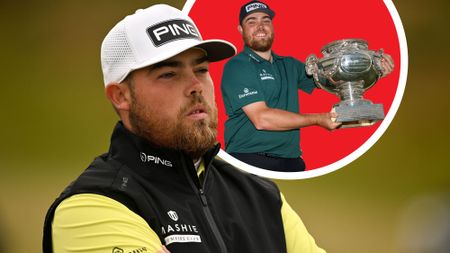 I'm Confident These 5 Tips Will Transform Your Golf Game In Time For The 2025 Season... Because They Come Straight From The French Open Champion!
I'm Confident These 5 Tips Will Transform Your Golf Game In Time For The 2025 Season... Because They Come Straight From The French Open Champion!Golf tips from a two-time DP World tour winner don't come around everyday, but Dan Bradbury's expert advice will help you to shoot better scores in 2025...
By Barry Plummer Published
-
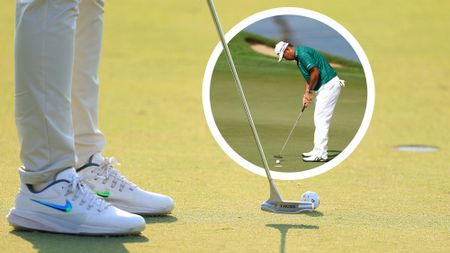 Short Putts... Dead-Weight Or Firm? Our Experts Debate This Common Conundrum
Short Putts... Dead-Weight Or Firm? Our Experts Debate This Common ConundrumStanding over a short putt with the match on the line is enough to make even the best putter feel a little uneasy. But, is it best to hit dead-weight or firm?
By Barry Plummer Published